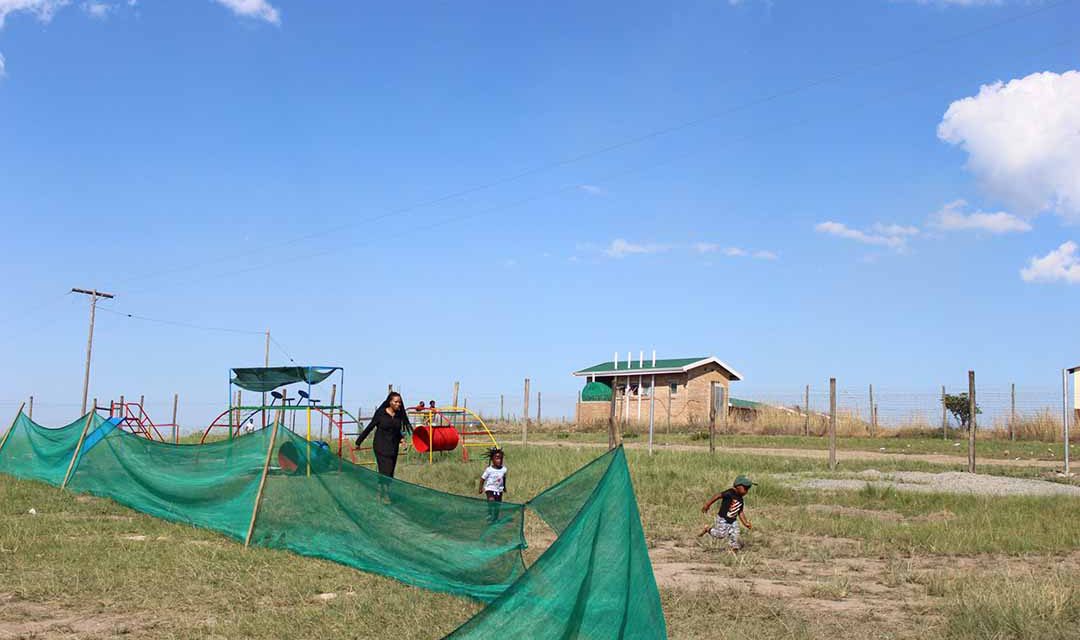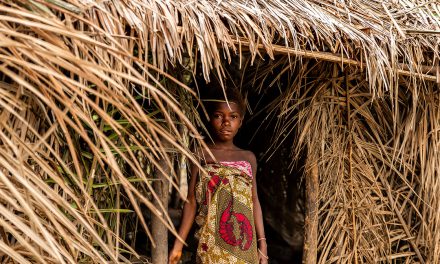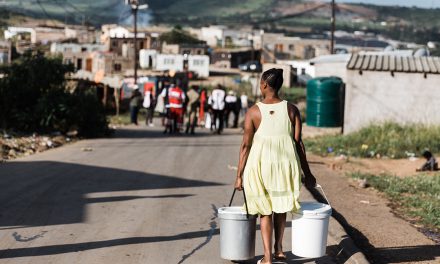A GGA RESPONSE

MAY 2020
CHILD DEVELOPMENT AND YOUTH FORMATION
Recommendations on child and youth advocacy, ECD centres and the implementation of the proposed Department of Basic Education Response Document
On 19 March, 2020 classrooms and learning environments across South Africa closed their doors in an attempt to keep the Coronavirus disease at bay. At midnight of 26 March, the entire country was placed under lockdown in an effort to flatten the curve of infections. Initially, it was planned that schools would resume on 18 April, which would have resulted in an extended holiday and two weeks to catch up – but the virus has proved more taxing than initially thought. The lockdown has been extended and now in mid-May, a month later, there is still uncertainty. The pandemic is challenging the education sector with a simple, yet pressing question: “what now?”
At the outset, the pandemic has revealed just how far-off many countries in the region are from realising the Sustainable Development Goals (SDGs) set by the United Nations to address global challenges. The pandemic has had both a direct and indirect impact on child and youth access to quality education, and it serves to challenge their health, current development efforts to address high youth unemployment rates, and their social protection (UN Sustainable Goals/2030). The following serves as a tool for policy development to assist in a response. The South African Basic Education Minister, Angie Motshekga, and Blade Nzimande, the Minister of Higher Education, have been grappling with how to phase back learner attendance and “save the academic year”.
It is clear that doing nothing about this pandemic is not an option for government and the private sector alike. To quote Hubert Mweli, Director-General of the Department of Basic Education, during a briefing on the way forward for schools on 29 April, 2020, “We die from the virus or we die from poverty and hunger.” Mweli’s statement clearly indicates that South Africa and the wellbeing of its citizens is not being taken lightly. International experience has taught us a great deal. South Africa is in the more fortunate position of being able to learn from other countries, yet the national context is not that simple; South Africa – with nine provinces, 11 official languages, 12,408,755 learners with a wide variety of backgrounds and learning abilities, 24, 998 schools (excluding informal ECD centres and private home-schooling clusters) and 407,000 educators spread across rural, peri-urban and urban areas, and the biggest wealth gap globally between rich and poor – faces its challenges. Every country is unique and needs a contextually relevant and flexible strategy for a COVID-19 response in our schools (National Development Plan 2030).
A phased approach to learners returning to schools seems like the most viable option. This document explains the points the Department of Basic Education (DBE) has addressed in their COVID-19 development plan draft, released on 29 April, 2020, with added input and suggestions from GGA to consider for education development and youth formation. Read more here: Department of Basic Education Response Document







